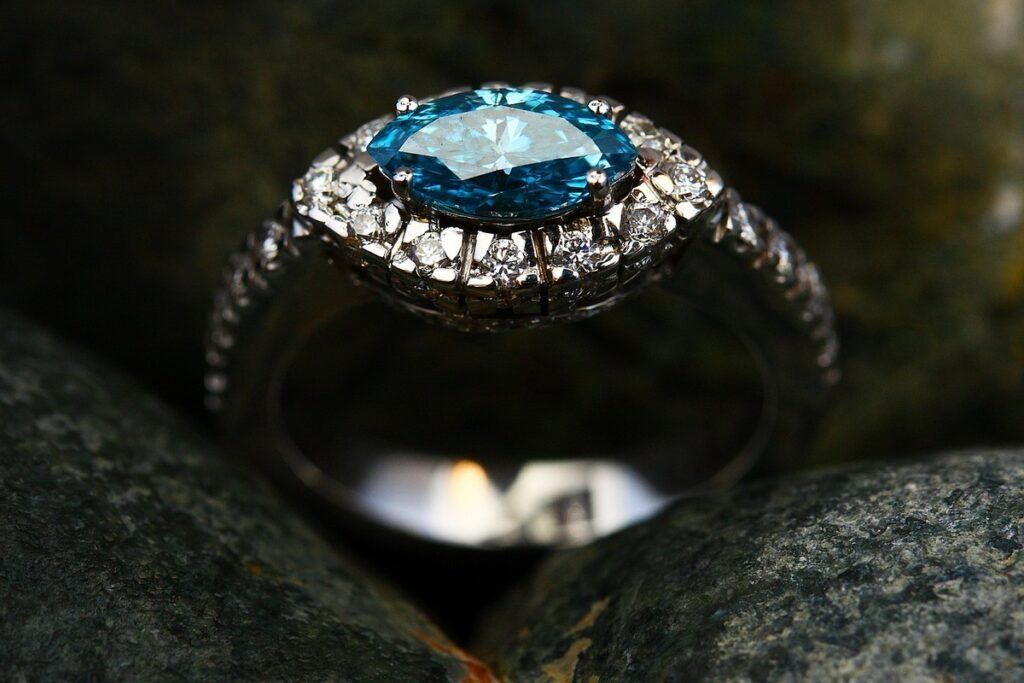Diamonds may be pretty to look at, but if you are not sure what you are looking at, you just might get scammed. When it comes to buying jewelry, it’s always important to ask how to avoid diamond switching scams. This is important, especially for first-time buyers or those who have been given a valuable piece of jewelry that they need to have appraised.
Be aware of the hidden traps and dangers that you may get into if you are not aware of the industry as a whole. Read on to know the common tricks that scammers do and what you can do to protect yourself from them.
How to Avoid Being Scammed By Bad Diamond Jewelers
Note that, in general, that the jewelry industry does not run rampant with scammers. But just like any other industry, there will inevitably be some bad eggs that do this practice. Thus, it’s important to know the common tricks that some jewelers and other scammers can use.
Bait and Switch: Understanding The Truth About Diamond Scams
The Total vs. Per Piece Carat Measure
One of the oldest tricks in the books happens before you can even point to the diamond of your choice. Some scammers who work in jewelry stores may only reveal the total carat weight in a ring. In practice, each of the diamonds in a piece of jewelry should be weighted. Otherwise, it would be easy to assume that this measures only the main diamond. In reality, the totaled carat weighs the entire ring–and that is just not being honest.
It also pays to think of carat as literal weight. And with most people, it’s almost natural to round off specific weights. When you discuss the carat with a store assistant, make sure to ask the specific weight. They may give a rounded off figure, which is fine when you are just browsing. Once you get down to purchasing, you need to know the exact carat or at least the nearer carat round-off.
The Diamond Gift Inquiry
When someone gives you a diamond ring as a gift or a hand-me-down, it’s instinct to have it appraised. Whether you are looking to pawn it off or wear it as an heirloom, one would benefit from knowing how much they are worth.
However, if you are not familiar with how to look at diamonds to avoid rip offs, then it might be best to have someone with you who does. Scammers are quick to spot diamond owners who do not truly understand their jewelry. They become more susceptible to getting lower appraisals before offering to buy it or go for a trade.
Jewelry experts refer to such practice as low balling. If you plan on pawning it off, protect yourself from this scam by going for a second or even third option. It never hurts to be extra careful and paranoid, especially with a valuable diamond jewelry.
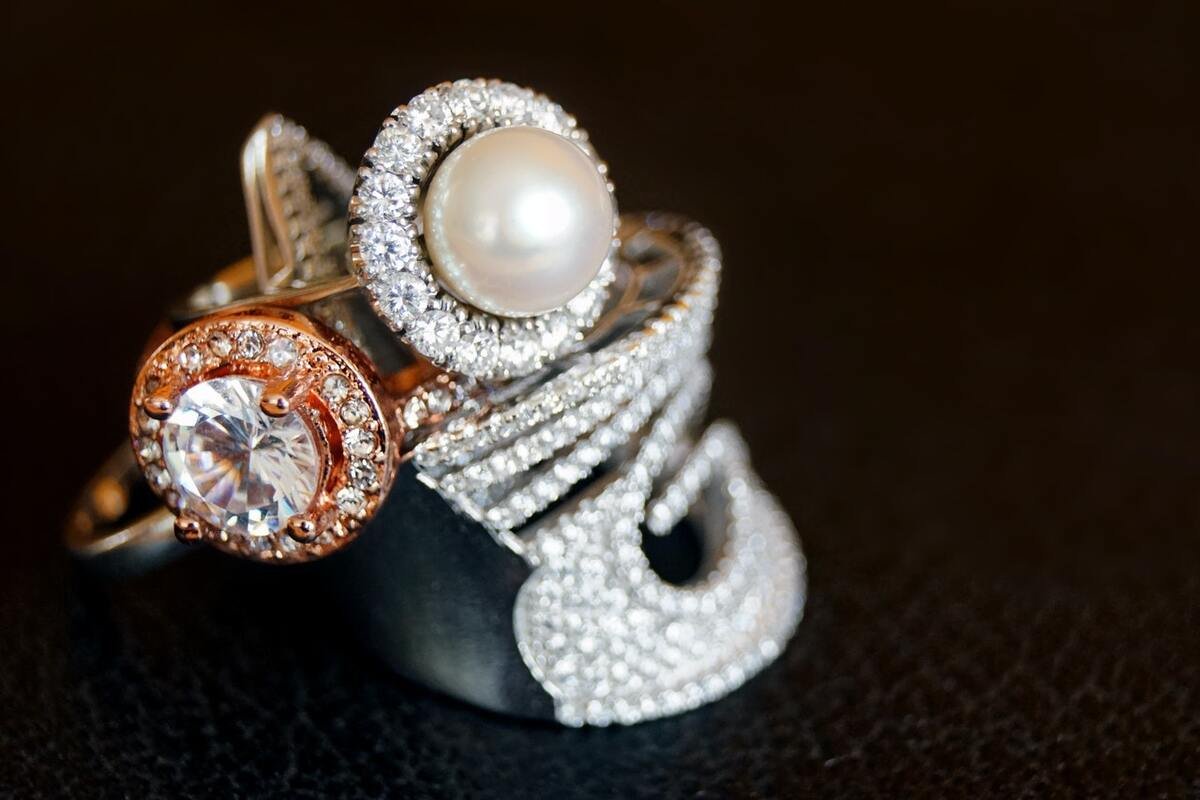
The Big Switch
The biggest trick in the jewelers’ scam book is switching diamonds. Some buyers tend to choose a diamond of a certain value from a store. After this, dirty jewelers may switch this piece of jewelry when you leave it for setting. In other cases, when you ask them to personalize a ring using your own diamond, you may end up with a different diamond in that ring.
Many people who have asked how long does it take to switch a diamond may forget one very important fact: some diamonds are not even set. If you happen to have a loose stone, make sure that you know your diamond. If it has been handled in any way out of your sight, make sure to inspect it before going out of the store.
Make sure you do business with a legitimate and reputable jeweler. Do your research and lookup jewelers for their reputation. Even if they have great designs on their website, it’s still good to know what previous customers thought of their service and their products.
How to Protect Yourself and Your Diamond
Just because there are a lot of scams running amok doesn’t mean you should no longer trust jewelers. There are a lot of legitimate businesses running brick and mortar and online stores. Again, bad scammers are smaller in number compared to the community of jewelers who appreciate diamonds and respect their customers.
Protect yourself from those who dabble in fraudulent business. You can do this in two ways. One is knowing the tricks in their book; the other is understanding the business and getting a better appreciation of your diamond.
Know How to Tell the Difference: The Diamond
There are many kinds of gemstones, all of which have a different value based on various factors. Learning about the mechanics of jewelry weighting does take time, and you are not expected to be an expert in this. However, some simple practices can help determine the legitimacy and honesty of your jeweler. For one thing, measuring the gemstone should be done in front of you. This ensures that, if you need to ask to see the measurements, they can do so at that very moment.
In an online jewelry store, a lot rides on the reputation of the seller and the standard pricing for diamonds. Seeing anyone who sells too low or too high from the standard should be considered as a red flag. As much as that discount seems very tempting, one way on how to avoid diamond switching scams is to know the worth of the diamond and be ready to pay the proper price–with a small discount or two.
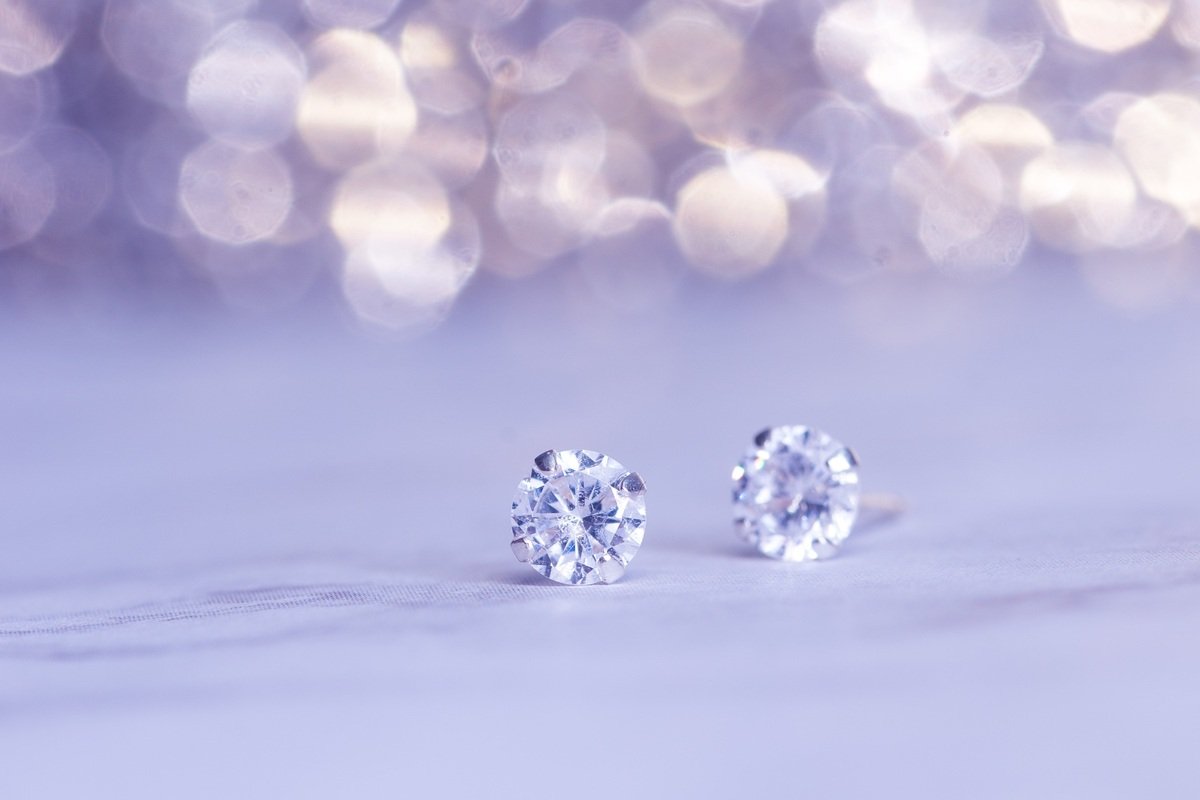
Altered Certificates for Diamonds
If you think that your problem ends when your jeweler switched stones, you may have another thing coming. As with other items, papers and certificates should also be taken into account when buying a diamond. Institutions like the GIA, AGS, and EGL issue diamond certificates. However, buyers should also be wary of potential jewelers who are out to alter these certificates. This is a more intricate form of a scam, but it can happen.
It helps to know what a GIA certificate for diamonds looks like. If your certificate appears to have been tampered with, make sure to report to the proper authorities. Gemological laboratories are very strict with their requirements and standards. Scammer jewelers are likely to get what is coming to them in terms of the exercise of law.
Know How to Tell the Difference: The Seller and Jeweler
Beyond the gemstone, you also need to know certain expectations from jewelers. In a jewelry store, some have been certified and can appraise jewelry. There are also jewelry sellers who are often hired to sell diamonds by having previous weights and measurements memorized. Both are equally important in a jewelry store. However, if you want to prevent when and know what to do if jeweler switched diamond happens, ask for a jeweler who can help appraise the stone after a jewelry seller talks to you.
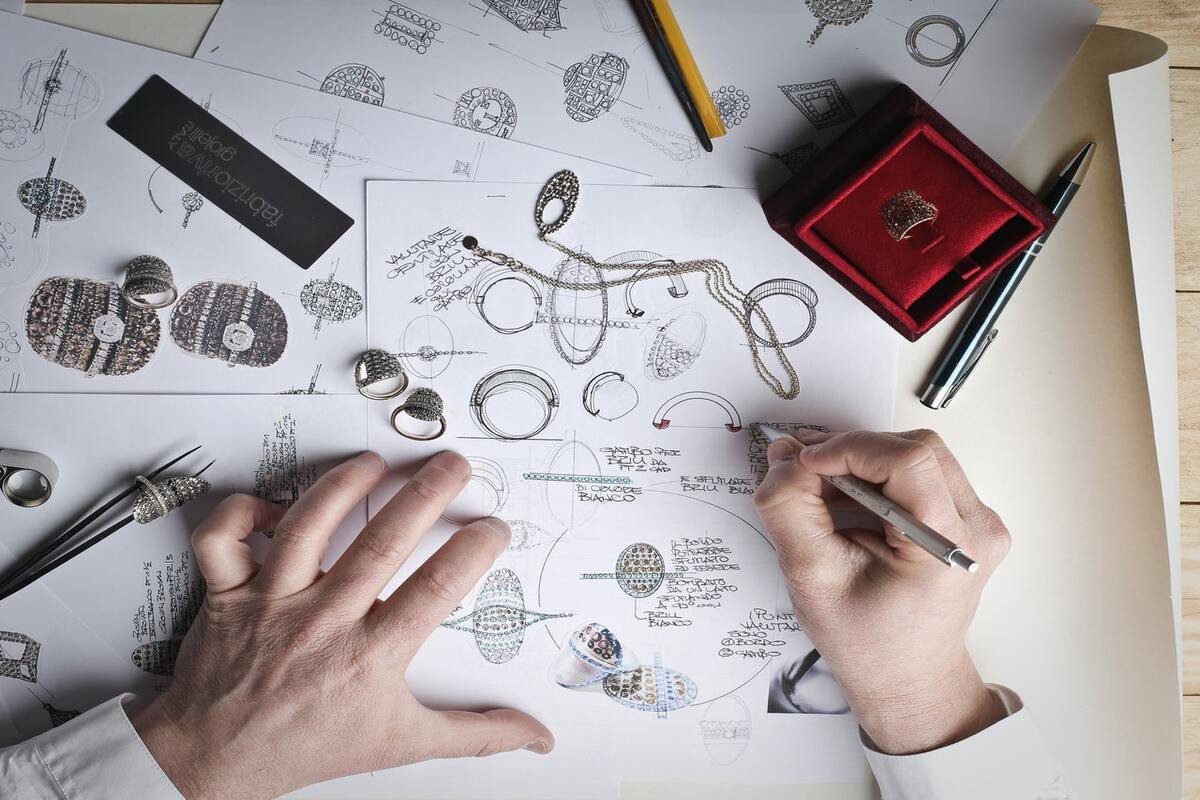
Understand How Pawnshops Work
When one is strapped for cash, the idea of pawning off a piece of jewelry is tempting. It gives you the allowance of time to earn more money before repurchasing it from your pawnshop. However, fraudulent practices also occur in these areas, so if you do not know how to get the best out of your jewelry, you may end up shelling out more cash in the end.
Remember that the price for gold fluctuates very frequently, so the best thing to do is research what you can about as many pawnshops as possible. Some do not adhere to ethical practices, and they are the ones you avoid when asking the question, “Do pawn shops switch diamonds?” At the same time, make a canvas of the appraised value of your item. Base this on the resale value rather than the melt value, which is significantly lower. This also helps if you plan on buying the jewelry back.
Be Familiar with the 4Cs
If your current concern is “How can I upgrade my diamond ring?” then you will have to know more about the characteristics of a diamond. For some buyers, they may have an existing diamond that they would like to sell or trade off and pay the remainder of a diamond with a higher value. Before you execute this plan, you need to know the value of your jewelry and let your jeweler know this too.
The 4Cs of a diamond can help you decide. Clarity pertains to the diamond’s tendency to have inclusions and other blemishes. It can be graded from flawless to having level 2 inclusions. Cut identifies the angles and symmetry of the diamond after cutting. For diamonds, color can mean how colorless it can be. Diamonds of lower quality may have a yellowish tinge, whereas those of premium grade will appear colorless to the naked eye. Finally, carat refers to the weight of the diamond, and this melds together the cut and shape of the diamond in its measurement.
Know the Timeline for Diamond Setting
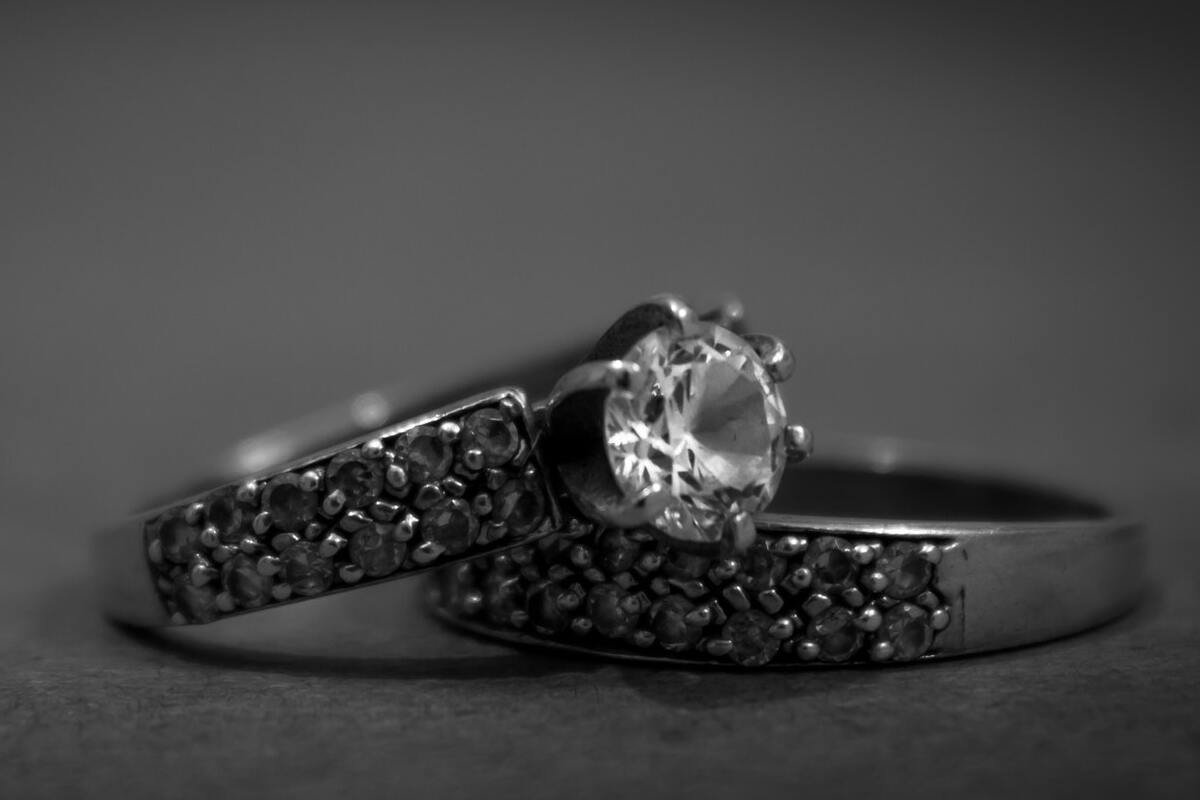
If you want to know how long does it take to set a diamond into a ring, you should be aware of the length of time it takes to set a ring. Off-the-shelf rings can be bought in as short as a week’s time. Some of these can be made as a one-of-a-kind design, depending on the jewelry designer you tapped.
For those who are still strapped for time at two weeks, but would like something more of a boutique ring, this is a standard time for simple settings. For most jewelers, they will often refer to their standard collections and styles, as these are easier to make with very little to no experimentation necessary.
If you do plan way ahead and have at least a month to three months’ worth of prep time for your ring, you have better chances at getting a bespoke ring with all the embellishments you need. Customizing rings usually require months of preparation, from design down to setting. However, note that this is also the largest amount of time when your diamond will be in the hands of someone else. Make sure that if you want a custom design, you go to your trusted jewelry store that you have already had work done. This minimizes your risks and prepares you on how to avoid switching scams.
Develop an Eye for Inclusions
People commonly ask, “do real diamonds have flaws?” The simple answer is, “Yes, of course!” Diamonds that are considered to be flawless are very rare, but they do exist. For most diamonds, they are flawed in some way, whether it is just slightly internally flawed or something visible to the naked eye.
To get out of stick scam situations, develop your eye for inclusions. While most people feel that flawless diamonds are the perfect top-grade kind, one cannot do away with the charm of inclusions. One can even say that inclusions are a way to identify your diamond. There’s a bigger chance of two flawless diamonds existing, but there is a slimmer chance for two diamonds to have the same inclusions in the same place.
Inclusions can also help you track your diamonds. Granted, laser inscription has become the easiest way to identify one diamond from others. However, old-school jewelry owners and jewelers know that inclusions are the birthmarks of your diamonds. Expert jewelers can even map out the inclusions of a diamond, so you get the unique map of your diamond.
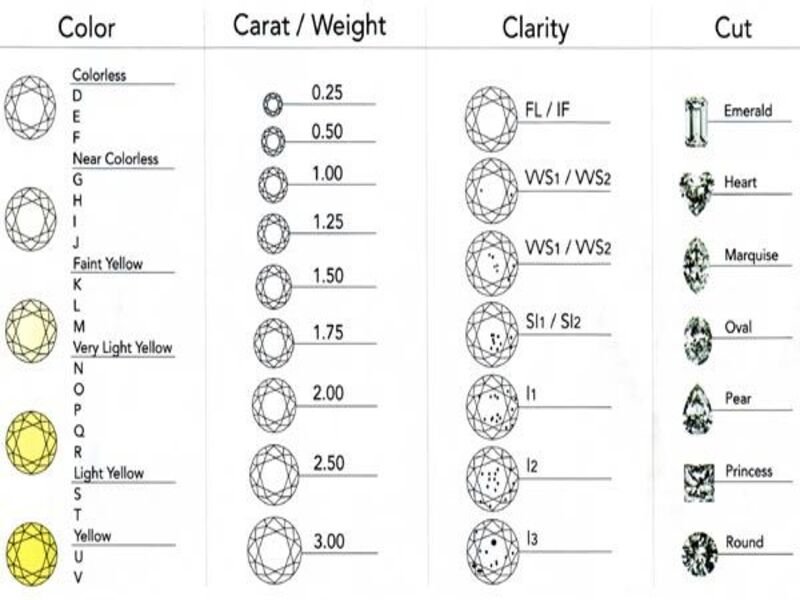
Making sure your diamond is what you paid for
Whether it’s for an engagement ring or a wedding band with diamonds, be vigilant about where you invest your money. Find a reputable jeweler with a good record among clients. More importantly, you need to understand the value of diamonds beyond conventional standards. This helps you, as the customer, on what the best treatment for your gemstone.
If you feel that you were scammed or if the jeweler that you got in touch with engages in fraudulent practices, connect with the appropriate authorities in the industry. You can even consider purchasing used jewelry after such an experience. But whatever you do, don’t let this ruin your perfect moment for engagement or a simple purchase for yourself. Diamonds are meant to add to your happiness, not to be a major source of stress.
